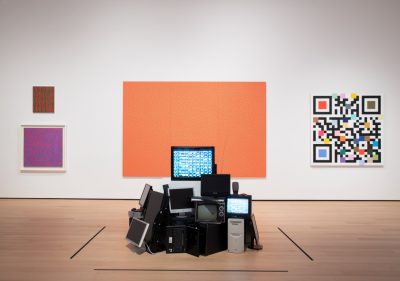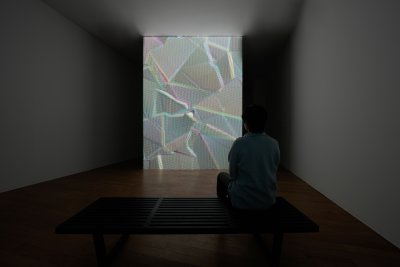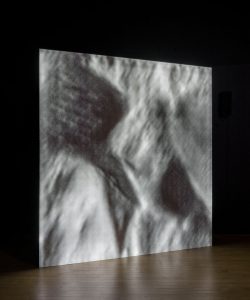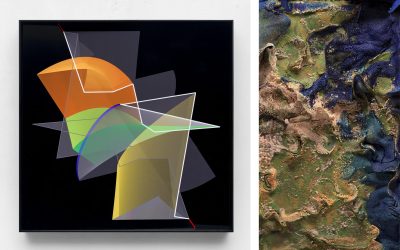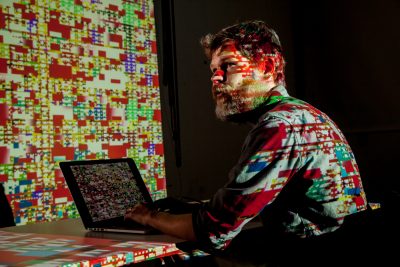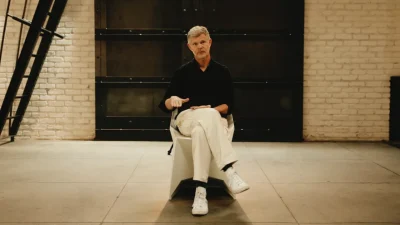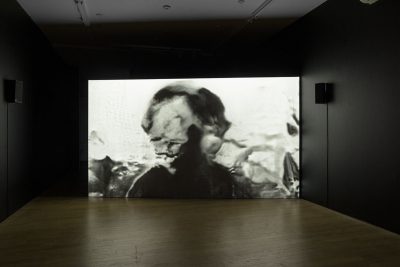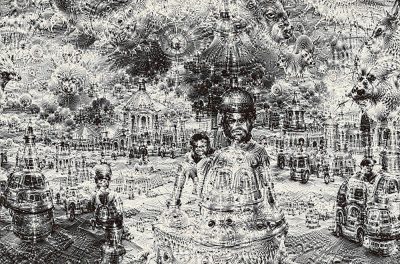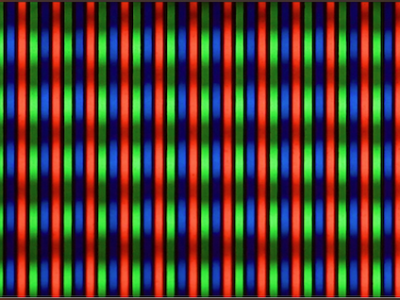NEW YORK, NY – October 2001 – “bitforms will be digital art’s new destination.” These are promising words from Steve Sacks, founder of bitforms, a new gallery devoted to digital and digitally-influenced art. bitforms is located at 529 W. 20th St., in the heart of Chelsea, the epicenter of New York’s art scene. The gallery will open on November 15, 2001, with an inaugural show featuring the work of seven dynamic digital art innovators.
Introducing bitforms
Chelsea’s Newest Gallery Defines a Space Where Art and Technology Meet
NEW YORK, NY – October 2001 – “bitforms will be digital art’s new destination.” These are promising words from Steve Sacks, founder of bitforms, a new gallery devoted to digital and digitally-influenced art. bitforms is located at 529 W. 20th St., in the heart of Chelsea, the epicenter of New York’s art scene. The gallery will open on November 15, 2001, with an inaugural show featuring the work of seven dynamic digital art innovators.
As the name suggests, bitforms is a gallery with a hybrid derivation. A “bit” is a fundamental unit of digital information. “Forms” are the realizations of creative possibilities across all media. bitforms is, above all, an art gallery, by definition a place where “form” is of top priority. The merging of these two words signals a compelling digital presence in the future of art.
The first gallery of its kind, bitforms celebrates the nexus of art and technology. “bitforms will provide a forum to display digital and digitally-inspired art, some of the most vibrant and relevant art being made today,” said Sacks. “The gallery offers collectors an opportunity to discover the techniques and range of digital influences being utilized by today’s emerging artists.” Diversity of media is typical in this new domain of art, which often acts as a bridge between the traditional art world and an emerging creative scene based on new definitions – and combinations – of art and technology. As a result, visitors can expect to see an oil painting of an enlarged digital icon, offering a minimalist, yet recognizable abstraction, hanging opposite a reconfigured touchscreen laptop displaying images created from an aesthetically-driven algorithm. To Steve Sacks and a growing population of art and technology enthusiasts, they are both exciting signs of how a digital influence can rejuvenate the art world.
A Distinctive Space
Designed by award-winning New York architecture firm Archi-Tectonics, the gallery is as forward-looking as the work it displays. Thoroughly modern, the space retains a starkness reminiscent of the neighborhood’s industrial past. One particular challenge faced by the design team was to complement and support the art and technology foundation of bitforms. The finished gallery will have two separate areas to explore: a rotating featured exhibit and a permanent digital display. Shows will be carefully curated collections featuring one or more artists and will change every few months. For bitforms, Sacks and Archi-Tectonics have created an Interactive Digital Catalog (IDC) – two flat touchscreen monitors recessed in a four-foot metal arm that rotates 180 degrees. All of the artists’ work and information will be on these monitors. Collectors will be able to interact with and print out screens that will include images, authenticity information, number of editions, scale options, and price.
About the Artists
bitforms will display the work of artists from around the world. Sacks has traveled extensively and met many artists to best understand how digital art is evolving on a global level. The seven artists featured in the opening alone represent several countries, including Italy, New Zealand, and the USA. Each artist has uniquely discovered and interpreted the digital realm – showing the breadth and depth of digitally influenced art.
“bitforms will position digital art as an influential and innovative art form that is evolving and warrants recognition,” said Sacks. “The gallery will appeal not only to our sense of aesthetics, but also to our sense of discovery.”
bitforms will open to the public on November 16, 2001.

